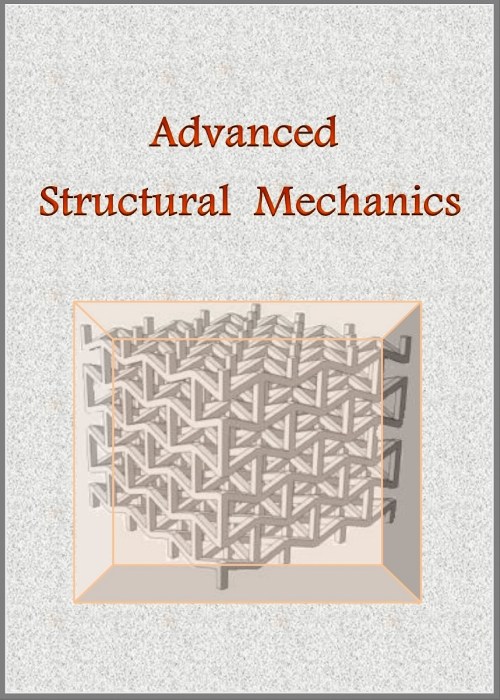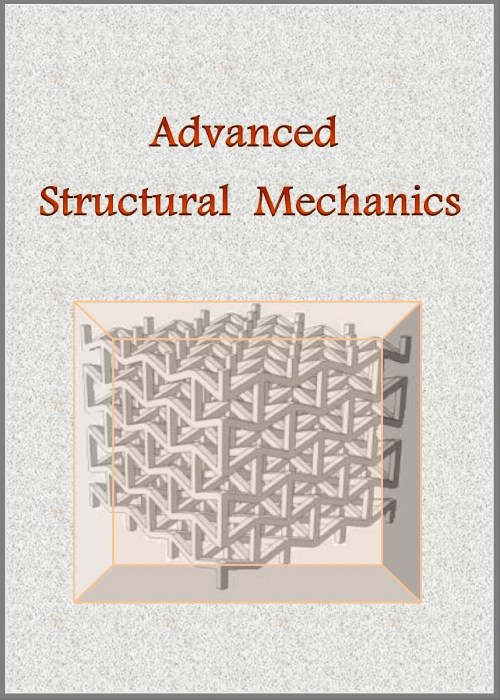فهرست مطالب

Advanced Structural Mechanics
پیاپی 2 (Spring 2023)
- تاریخ انتشار: 1401/12/24
- تعداد عناوین: 6
-
Pages 71-80
Steel production is essential in today's world. The classification of surface defects of steel strips in the steel industry is essential for their diagnosis because it is closely related to the quality of the final product. In this study, classification is considered to identify six types of defects from the North Eastern University dataset on hot rolled steel strip surfaces using artificial intelligence (AI). The proposed method is a kind of architecture based on a convolutional neural network. 200 × 200 images enter the convolutional neural network, changing to 32 × 32 in the first layer, 64 × 64 in the second layer, and 128 × 128 in the third layer. The test results show that this architecture achieves 93.54% accuracy in the test set, which is much more than comparable architectures. To evaluate the results of the proposed architecture, the criteria of accuracy, precision, and recall have been used.
Keywords: Surface defects, Hot-rolled steel strip, Convolutional neural network, Deep Learning, Artificial Intelligence -
Pages 81-101
In this paper, vibration analysis of nonlocal nano-sandwich beam is investigated considering the size effects and flexibility of the core. This nano-sandwich beam is made from double beam and a flexible core. In the analytical formulation, normal and shear stresses are considered for the core employing the high order sandwich panel theory. In this regard the high order sandwich panel theory is extended at nano-scale. The material properties of system are assumed viscoelastic using Kelvin–Voigt model. The elastic medium is simulated by orthotropic Pasternak medium. The final equations are governed by Hamilton’s principle. The Navier method is applied for obtaining the natural frequency response of nano sandwich beam. The effects of different parameters such as nonlocal parameter, structural damping, viscoelastic foundation, geometrical parameters and stiffness of the core are shown on the vibration behavior of nanostructure. The accuracy of the proposed method is verified by comparing its numerical predictions with other published works. The results show that with increasing the nonlocal parameter, the frequency decreases.
Keywords: Free vibration, Nano sandwich beam, flexible core, high order sandwich panel theory, Size effect -
Pages 102-114
Level-set method is a flexible and efficient tool for structural topology optimization. Here, a technique based on space-time formulation in the context of an integral-free meshfree method in a Eulerian approach is presented for interface taking using the level-set method. We use radial basis functions for function approximation in the space-time domain. The technique does not need to march in time to obtain interface development. It obtains instantly at all defined times by solving sparse and symmetric linear equations. In this paper, the time-slab concept is applied to reduce the computational cost of the procedure. The proposed technique provides the possibility of applying effective adaptive refinement techniques in domain discretization for the transient problem. A vectorized formulation of the proposed approach is illustrated in this paper which makes it efficient in calculation and readable for programming. Two problems with analytical solution are solved to evaluate the accuracy of the presented technique.
Keywords: Interface tracking, Level-set method, Free-surface modeling, Moving boundaries -
Pages 115-121
The traditional and most common aluminum magnesium alloys are series 5000 and 6000 which have up to maximum value of 4.5% Mg. The presence of magnesium element in these alloys increases the strength and hardness, but, on the other hand, intensifies the intergranular corrosion. Recently, high-strength Al-Mg alloys have been developed by adding more Mg to amounts of greater than 6% and therefore higher strength and softness. The weakness of these alloys due to higher sensitivity to intergranular corrosion can be decreased by thermomechanical treatment or hot forming. The present research is conducted with the aim of investigating the behavior of AlMg6 alloy and providing a constitutive model based on the plane strain compression test. For this purpose, a special fixture is designed and built with proper dimensional and geometrical tolerance. The experiments are carried out at temperatures of 30-140°C and strain rates of 0.002-0.006 s-1. From the obtained flow curves, the maximum stresses are determined and used in Arrhenius expression to extract the constants of the constitutive equation. The results of this model are in a good agreement with the experimental ones and therefore it can be used in the modeling and simulation of deformation processes that require the constitutive equation of this alloy.
Keywords: Al-Mg alloy, Constitutive equation, Flow curve, Plane strain compression test -
Pages 122-132
In the next few years, selective laser melting (SLM) is expected to become increasingly important in industrial applications. However, SLM-manufactured parts often have various defects, such as vaporization, un-melted powders, evaporation, and cracking. Evaporation, in particular, can affect the surface morphology and play a significant role in defect and pore formation. To avoid these defects, mechanical modeling of their formation is necessary, which can be achieved by controlling process parameters. The current study investigates the significance of including evaporation in the stress analysis of SLM systems. To this end, five phases (powder, melting, mushy zone, solidified, and vapor phases) were considered, as well as the re-melting of the previous layer due to the deposited next layer. The thermo-mechanical properties of all five phases were considered to be temperature-dependent. An illustrative example is provided to show the applicability of the method. In this regard, several user-defined subroutines were developed in Abaqus and Standard. The elements that experience temperatures higher than the evaporation temperature were removed using element deletion in Abaqus. The results revealed that residual deformation stabilizes after the second layer and increases with the number of tracks, with the first track having the lowest residual deformation values and the fourth track having the greatest.
Keywords: Selective Laser Melting, Vaporization, Residual Stress, Pores Formation, Element Deletion -
Pages 133-144
Researches to increase the resistance of materials against impact and force as well as heat, are always of interest to researchers. This factor has double importance in structural engineering and the type of use of structures. For this purpose, in this research, the aim of increasing the resistance against the explosion on the steel shear wall, which is considered one of the industrial and military structures, is discussed. Due to the characteristic of the positive performance of epoxy glass fibers, by reinforcing the steel plate with this type of fibers against the explosive substance, the performance of the steel shear wall was analyzed as a simulation based on the finite element method in Abaqus software.The results of the research showed that the presence of epoxy glass fibers against explosion could reduce the displacement of the plate due to the reduction of strain energy in the steel plate and also reduces the amount of absorption of the resulting energy, which is in the form of an explosion wave. Finally, with the absorption of energy by glass fibers reinforced with epoxy, we see the least buckling with the increase in the thickness of the fibers and also the least amount of stress against the explosive material. The results show the very favorable effect of epoxy-reinforced glass fibers in improving the resistance of composite steel plates against blast.
Keywords: Blast, Strengthening, Composite, steel plate, finite element model


